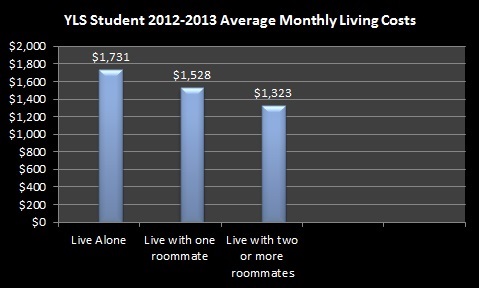“Fixed- Variable” And Other Student Loan Oxymorons
The recent Bipartisan Student Loan Certainty Act of 2013 sped its way through Congress and the President’s desk on its way to significantly changing the federal student loan landscape. Let’s take a looks at it and see what are the upsides and what are the downsides….
First I need to say up front that anytime I see the words “bipartisan” anything I have to believe it’s a good thing. So let’s acknowledge that this really was a good faith effort on the part of Congress to address the student loan crisis. How effective their solution will be in providing real term debt relief may be difficult to assess in the immediate.
The major change of this act was to move the present federal loan system from one where Congress established interest rates to a system where interest rates are linked to the financial markets. Every academic year a new interest rate would be established for both Direct Unsubsidized Loans and Graduate Plus Loans. The rate would be based on the high yield of the 10 year Treasury Note (T-bills) prior to June 1 plus additional add-ons of 3.6% for the Direct Unsubsidized Loan and 4.6% for the Grad Plus Loan. So for academic year 13-14 we are looking at a 5.41% interest rate on the Direct Unsubsidized Loan (previously 6.8%) and a 6.41% interest rate on the Grad Plus loan (previously 7.9%).
The most common question asked of any loan regarding interest is … is this a fixed or variable rate? And the great answer regarding these new student loan is that it’s termed a “fixed-variable” rate. (Seriously that’s a better oxymoron than “jumbo shrimp”). What it means is that while the interest rates will change and be re-established every academic year depending on the T-bill and market, once that interest rate is established it will be locked in for the life of the loan through both your in-school enrollment and your full repayment. What that translates to is that you could end up finishing YLS with six different loans (a Direct Unsubsidized and Grad Plus per year for three years) all with different interest rates. That could make loan repayment just a little challenging but also may afford you a good opportunity to pay off your loans strategically using a “debt stacking” model (i.e. pay off the highest interest rate loans first).
It may also make accepting your aid award each year difficult, as you would not have confirmation of what your loan interest rates would be for the forthcoming academic year until after June 1 annually. It would put you on a very tight timeframe to decide if you would then take the loans at that rate or perhaps look at private loan alternatives and get it all sorted out by the time the August 1 bills are due.
Probably the biggest unknown out there is how high can the interest rates rise and ,depending again on the health of the market, how fast would it get there. As a safeguard, Congress did build “maximum” rates into the “fixed-variable” plan… for Direct Unsubsidized it’s a 9.5% rate and for the Grad PLUS it’s 10.5%. The reality is that if the economy improves these rates could increase quickly (some experts are even predicting that as earlier as 2015 we could already exceed the existing 6.8% on the Direct Unsubsidized loan.). Though the Congressional Budget Office predicts we would not reach the maximum interest rates within the next ten years. We all want fast economic recovery but we may be developing a culture of current students who need it to happen at a slightly slower pace until they graduate.
So why did Congress take this approach in addressing the student loan crisis? According to the bill’s proponents the measure was a “victory” for taxpayer who won’t be forced to subsidize student loan rates arbitrarily set by politicians. In addition the bill is estimated to reduce the deficit by $715 million over the next decade. Graduate and Professional students, the often ignored in the student loan debate, probably also want to applaud the fact that the bill actually addresses their loans.
Critics of the bill (including many student and consumer groups) are worried that the maximum caps are still far too high and should have been set lower to protect future borrowers – i.e. are we offering an immediate interest rate reduction to today’s current college student but on the backs of our current middle schoolers.
And the other question behind all this is… is how permanent is this solution? Would this all change (again) when Congress takes its rewrite of the Higher Education Act this Fall? Stay tuned.


